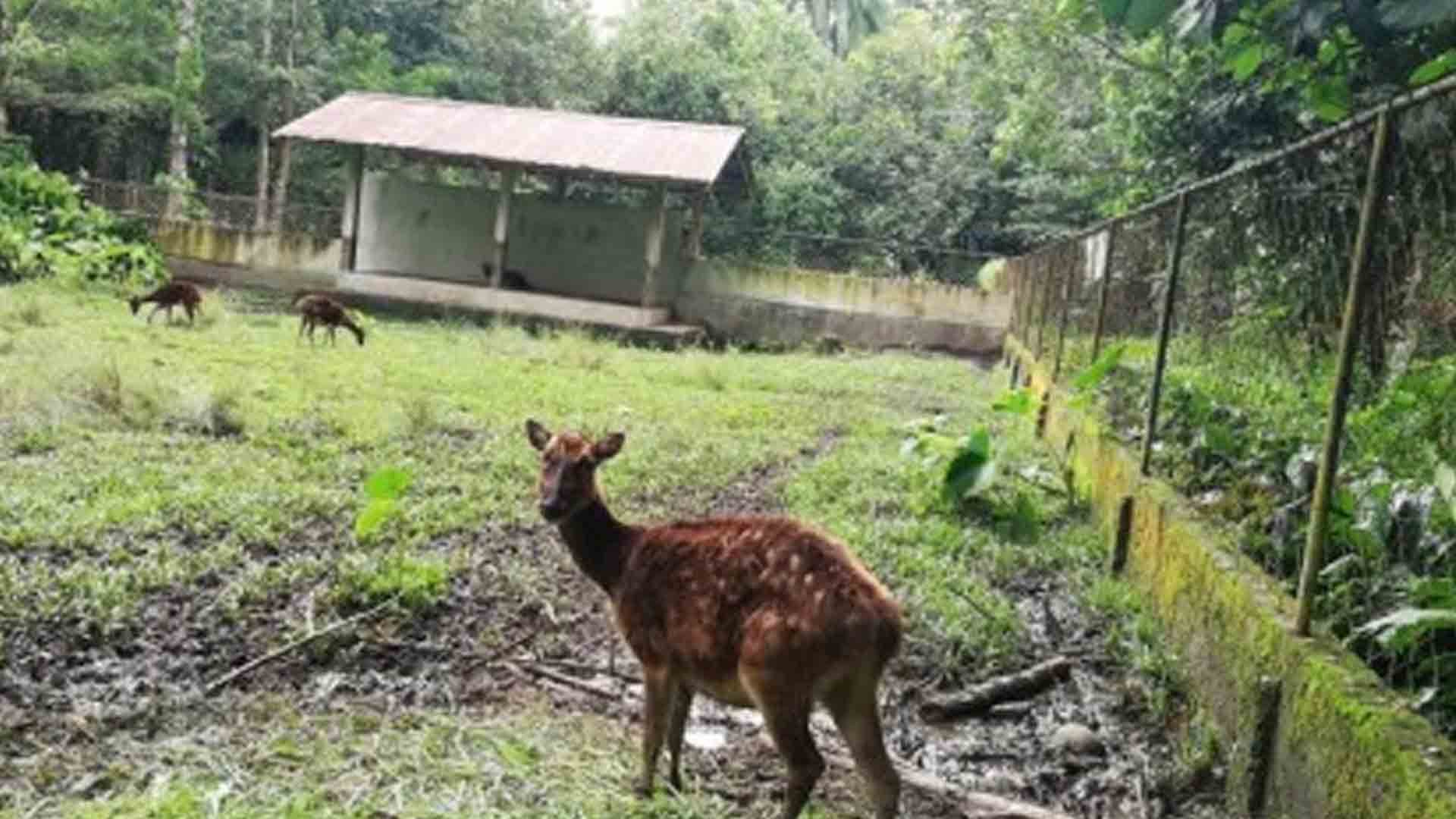Visitors are advised to take extra caution while at the Mari-it Wildlife and Conservation Park in Lambunao, Iloilo town which is now open to the public.
Dr. JB Ian Bullo, veterinarian of the West Visayas State University-College of Agriculture and Forestry (WVSU-CAF) in Barangay Jayubo where the park is located, said that this period happens to be a breeding season for some animals inside the park.
“Since it is breeding season, the areas to be visited are limited; they can no longer go beyond the deer (area),” he said in an interview.
Deer breeds from October to November. It is also the breeding season until January for the Visayan writhed hornbill or the “talarak” and the Visayan warty pig.
“When they visit, we make sure that they won’t create too much noise,” he added.
Nonetheless, he said that visitors are manageable because there are not much since the area is far from the town proper.
Mari-it (enchanted) is the first conservation, breeding, and rescue park in Panay Island. It is situated in a 1,000-hectare lot within the 3,000-hectare campus of the West Visayas State University-College of Agriculture and Forestry (WVSU-CAF) in Barangay Jayubo, some 16 kilometers away from the town center of Lambunao.
It currently hosts 15 Visayan writhed hornbills, considered as the world’s second most critically endangered hornbill, and endangered Visayan tarictic hornbill; 20 endangered Visayan spotted deer; 11 critically endangered Visayan warty pigs; five vulnerable Visayan leopard cats; and two cloud rats, among others.
He said that it is prohibited to approach the deer, leopard cats, and monkeys because they are aggressive while breeding.
Jennifer Osorio, Lambunao tourism officer, in an interview Thursday, said that guests should observe protocols such as wearing of face masks, face shields, washing of hands, and logging in and out for contact tracing.
“The maximum number of guests is only 30 at a time,” she said.
Osorio said that most of the guests are also from Lambunao or if not from schools that are into educational tour.
Meanwhile, she said that the pandemic has allowed animals to rest. While the number of guests is controlled, the animals could still be stressed if they are exposed to noise or anything that is new to them, she added.
“It’s rejuvenating time,” she said.
The wildlife and conservation park is being promoted as an eco-tourism site. Apart from the endangered species, it also hosts rich flora and fauna. (PNA)







